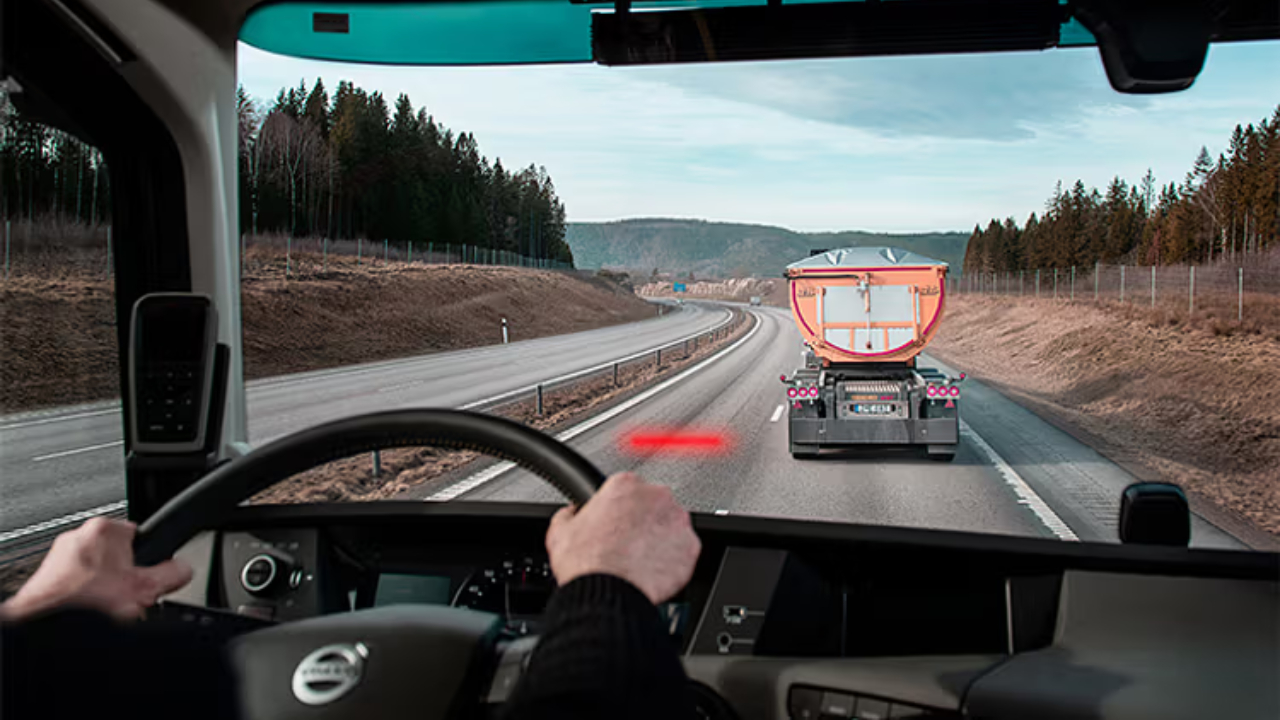Safety Upgrades for Large Passenger Vehicles and Mandatory Sleep Alert and Collision Warning Systems by 2026
Big Step Towards Road Safety by the Government
The Ministry of Road Transport and Highways has declared that starting April 2026 large passenger vehicles like buses and trucks carrying more than eight passengers will be subjected to advanced safety provisions. This measure intends to avert road accidents and ensure better safety for passengers.
According to the draft notification, these safety features will apply to all vehicle models whose manufacturing commences after October 2026.
Mandatory Advanced Driver Assistance System (ADAS) Features
The big vehicles will be subject to the implementation of ADAS technology through amendments to the Central Motor Vehicle Rules by the government. The imminent regulations will require the vehicles to be fitted with:
- Automatic Emergency Braking System (AEBS)
2. Driver Drowsiness and Attention Warning System (DDAWS)
3. Lane Departure Warning System (LDWS)
Furthermore, minibuses and standard buses, and trucks within this class shall be equipped with VSF alongside AEBS so that they will assist drivers during emergencies and reduce road accidents.
What is ADAS, and How Does it work?
Advanced Driver Assistance System (ADAS) is an advanced safety tech of the sort that identifies hazards, obstacles, and pedestrians in real-time an alert is given to the driver to help prevent collision by warning of autonomous corrective measures to prevent accidents or minimize their severity.
Key ADAS Highlights Just to be Made Standard
- Forward Collision Warning (FCW)
Warns a driver of an impending crash by detecting an object in close proximity.
Typically used by, among others, the Tata Harrier Red Dark Edition and Safari.
- Rear Collision Warning (RCW)
Detecting cars moving from the rear.
It will switch on the hazard lights, notifying vehicles in the area.
- Autonomous Emergency Braking(AEB)
It detects pedestrians and vehicles that are in its path.
If the driver failed to respond, the AEB would issue a warning and apply the brake independently.
- Blind Spot Detection (BSD)
Notifies drivers when vehicles in blind spots are detected while changing lanes.
Available for Tata Harrier and Safari.
- Door Open Alert
Will deny the opening of the door into oncoming traffic to ensure safety for the passengers.
- Rear Cross Traffic Alert (RCTA)
Essential when reversing from parking lots with high traffic.
Detects and alerts about vehicles moving towards it.
- Lane Departure Warning (LDW)
Works on highways to alert drivers if the vehicle drifts out of its lane unintentionally.
- Lane Change Alert (LCA)
Provides warnings in real time while switching lanes to avoid colliding.
A Safer Future for Indian Roads
Soon with ADAS made mandatory, the government is laying the ground for a new safety standard.
Indian highways are just getting a bit safer for all with the reduction of accident risks of these advanced systems.
UPI Services Restored: PhonePe, Google Pay & Paytm Back After Major Outage!
Samsung Galaxy A05 Sale- At Big Discounts with No Cost EMI!
